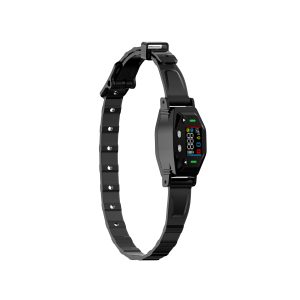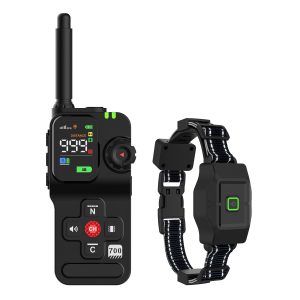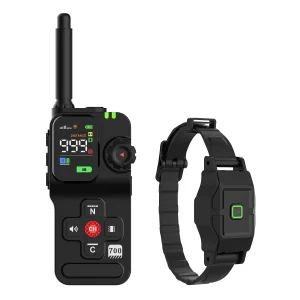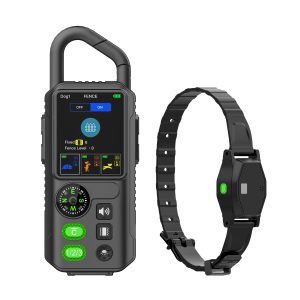Mastering Obedience: The Ultimate Guide to Using Dog Training Collars
Dogs are loyal companions that provide us with love, joy, and companionship. However, they may sometimes exhibit behaviors that require correction and training. This is where dog training collars can be incredibly helpful tools in teaching your furry friend proper obedience.
Whether you have a young pup with endless energy or an older dog who needs a refresher on commands, using a training collar effectively can make a world of difference in your journey to a well-behaved pet.
The Basics of Dog Training Collars
There are different types of dog training collars available, including shock collars, vibration collars, and citronella collars. Each type has its own unique features and benefits, catering to different training needs and dog personalities.
Shock collars, for example, deliver a mild static shock to get your dog’s attention when they are misbehaving. Vibration collars use vibrations or beeps to redirect your dog’s focus, while citronella collars release a harmless spray of citronella to deter unwanted behaviors.
Tips for Effective Training
When using a dog training collar, it’s essential to follow some best practices to ensure safe and effective training sessions. Here are some tips to help you make the most of your training collar:
- Start with positive reinforcement
- Be consistent with commands
- Use the collar as a last resort
- Stay patient and calm
Real-Life Training Scenarios
To illustrate the effectiveness of dog training collars, let’s consider a couple of real-life training scenarios:
Scenario 1: Jumping Up
If your dog has a habit of jumping up on guests, a training collar can help discourage this behavior. By using a quick sound or vibration cue when your dog jumps, you can teach them that jumping is not acceptable.
Scenario 2: Recall Training
If your dog tends to ignore your recall commands, a shock collar with variable intensity can be a valuable tool. By gradually increasing the shock level until your dog responds to your recall, you can improve their obedience and safety.
Final Thoughts
When used responsibly and in conjunction with positive reinforcement, dog training collars can be effective tools in your arsenal for teaching obedience and improving behavior. Remember to always prioritize your dog’s well-being and consult with a professional trainer if you have any concerns about using a training collar.




